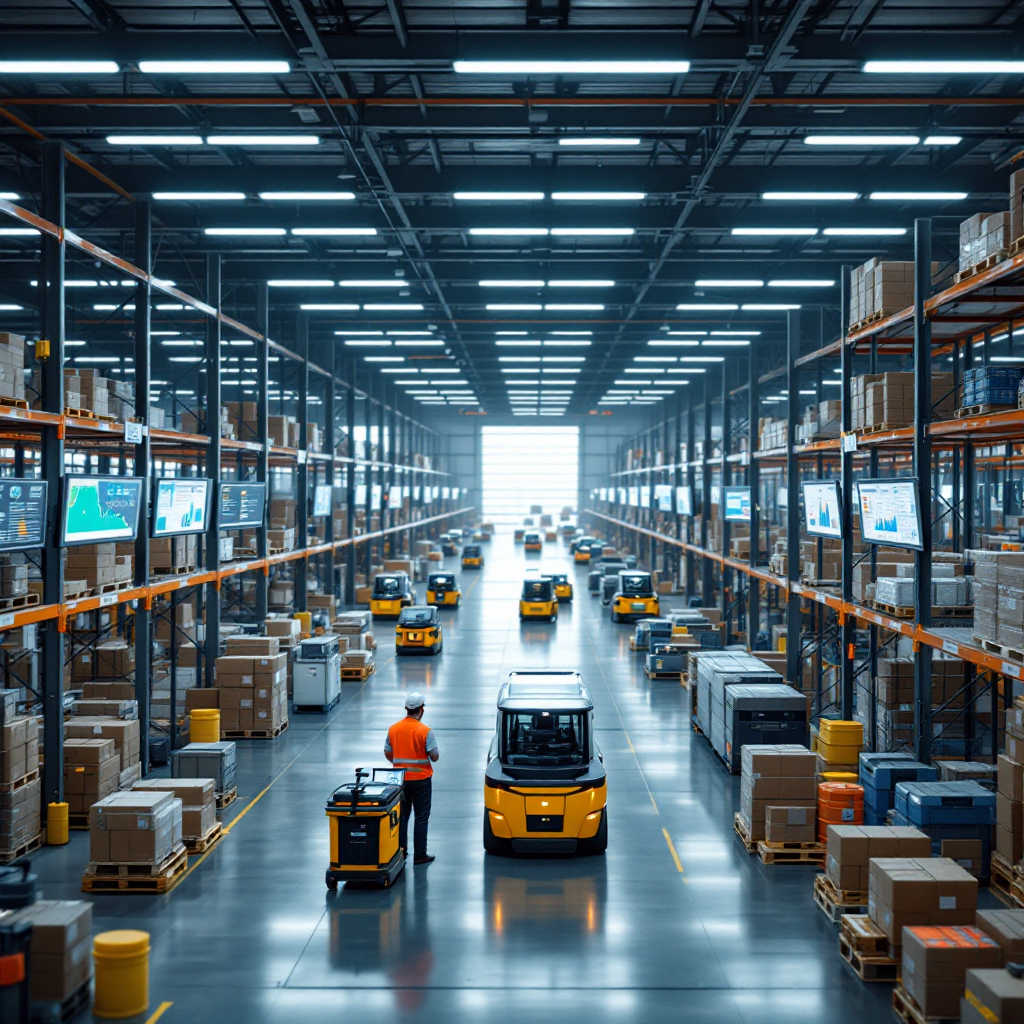Blog

Chemical AI email assistant for chemical industry
How AI and ChatGPT simplify email handling in the chemical industry Email remains the principal channel for technical questions, orders and regulatory exchanges in the chemical sector. First, an AI email assistant reads incoming messages, classifies them, and triages threads that matter most. Next, it drafts contextual replies for routine customer queries and internal requests, […]

AI assistant for the chemical industry
AI drives faster change in the chemical industry and cuts R&D time by up to 50% AI drives measurable gains for chemical companies today. For example, automation that generates safety data sheets has cut authoring time by about 50% in some deployments. This acceleration comes from task-specific models that standardize text, check regulatory lists, and […]

AI assistant for chemical industry: use cases
ai: core capabilities and limits for the chemical sector AI plays a growing role in the chemical industry. At its core, AI means machine learning, natural language processing, and generative models that read, predict, and suggest. AI extracts data from technical documents, predicts properties for new molecules, automates repetitive tasks, and holds conversations that surface […]

AI agents for distributors: transform operations
How ai enables efficiency: automate repetitive tasks and save time First, distributors face a flood of routine emails, repeated lookups, and manual updates every day. For example, teams still create purchase orders, parse invoices, prepare quotes, and answer basic customer questions by hand. By contrast, AI can step in to automate repetitive tasks and free […]

AI agents for distribution: transform logistics
ai agent is now core to distribution: what the numbers say AI agent: software that senses, plans and acts to automate decisions. Today, this simple definition underpins big change across DISTRIBUTION. Global forecasts show adoption rising fast. For example, 85% of enterprises are expected to use AI agents by 2025 (source). At the same time, […]

AI agents for trading companies
How ai agent systems improve trade execution and accuracy AI agents are autonomous systems that analyze data and act. They use ML models, event triggers, and execution APIs to make autonomous trade decisions. First, models score signals. Next, the agent routes orders to an execution venue. Finally, the agent watches fills and adjusts size. This […]
